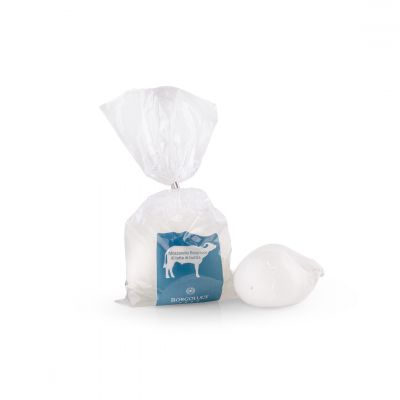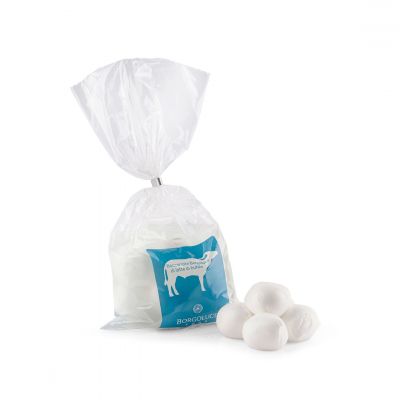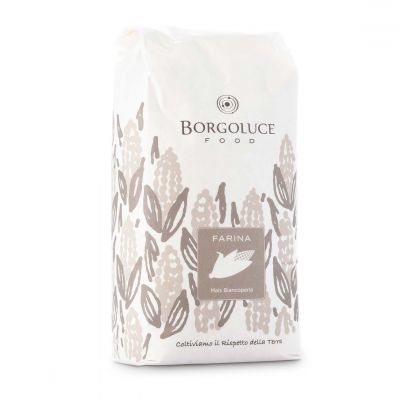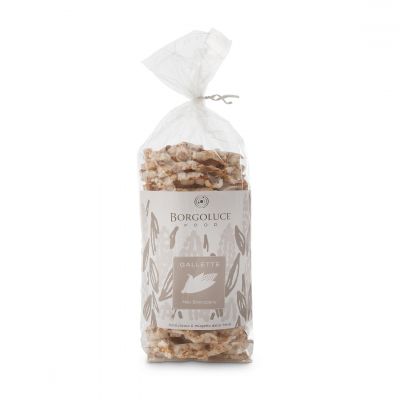“I just discovered that my kids are not Millennials: they belong to the Z generation.”
The interview with Lodovico Giustiniani in Borgoluce started with a discussion on the differences between Millennials, guys who have reached maturity in the new millennium, and generation Z, sometimes also referred to as “digital natives”: born after 1995, they have used the Internet since a young age and are comfortable with technology and social media.
It might seem off-topic, but it’s not so: Z generation are demanding, that seeks for authenticity and are very sensitive to social issues as environmental protection and civil rights. They are influencing purchasing choices, “live” online and have clear ideas about which are the values to be rewarded in a brand, first and foremost attention to the environment.
“Talking about sustainability, Borgoluce seems to have a clear vision: you embraced this approach when it was not as trendy as today,” I said to Lodovico, asking him to tell me how the idea of the estate came about. “It was actualy an heritage, a choice of “historical continuity” more than an innovation”, he explained.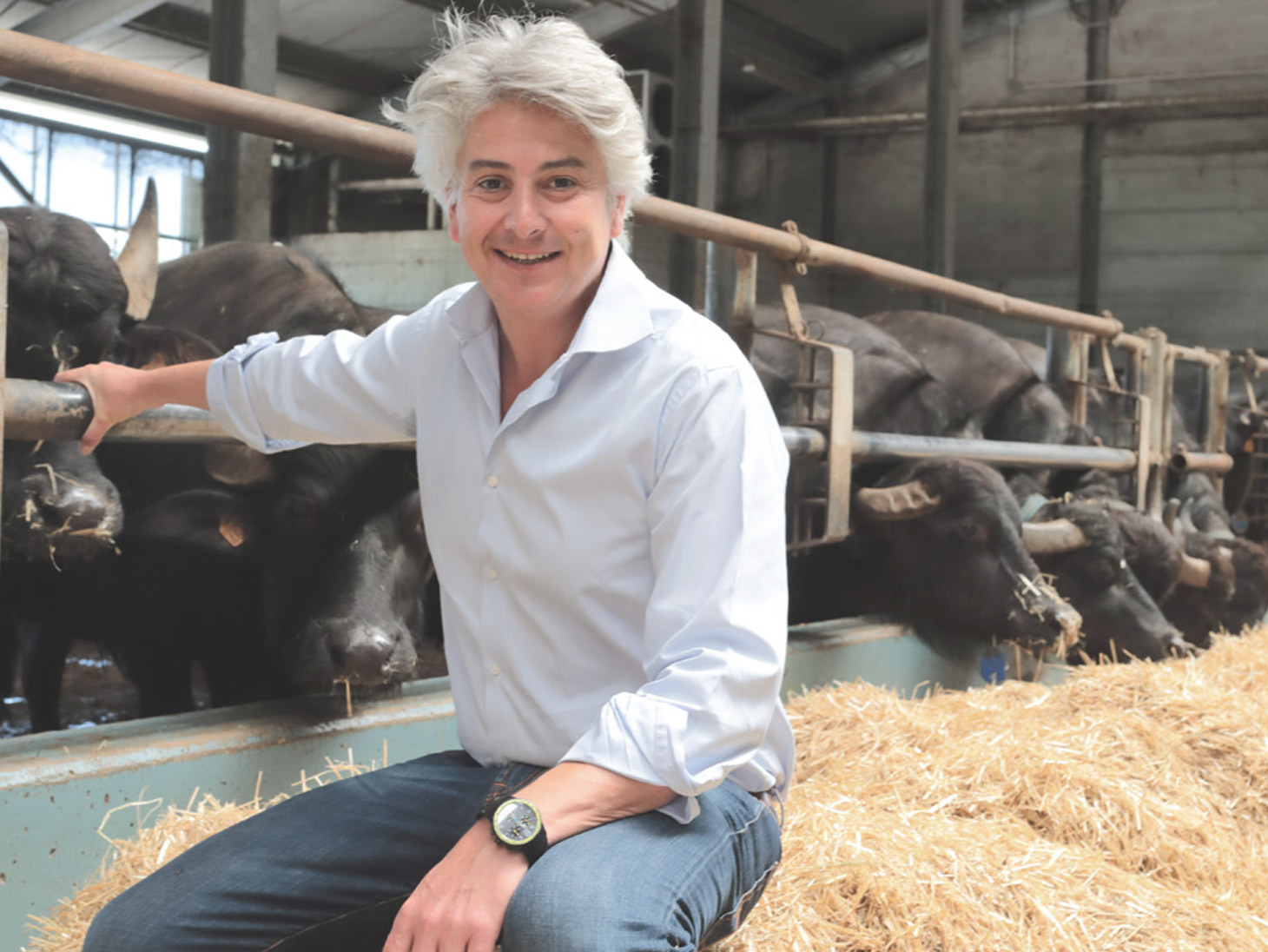
Agriculture has always been oriented by the idea of circular economy, as we say today: a business model able of regenerating itself, reducing waste and favoring the usage of all that is produced.
The rotation of crops, the alternation of cultivated fields, meadows and pastures, the re-use of sub-crops and by-products for breeding are concepts that belong to the rural world since ages.
Circular economy is now a buzzword, but in Borgoluce it is a business model implemented for centuries
We can also say that there were no major innovations until the second post-war period, when agriculture “copied” the industrial model, introducing the concept of specialization, which led to intensive farming, also thanks to the introduction of mechanization boost and the use of chemistry.
“In Borgoluce we have just carried out an agricultural model that has been practiced for centuries in our estate and in our family history.”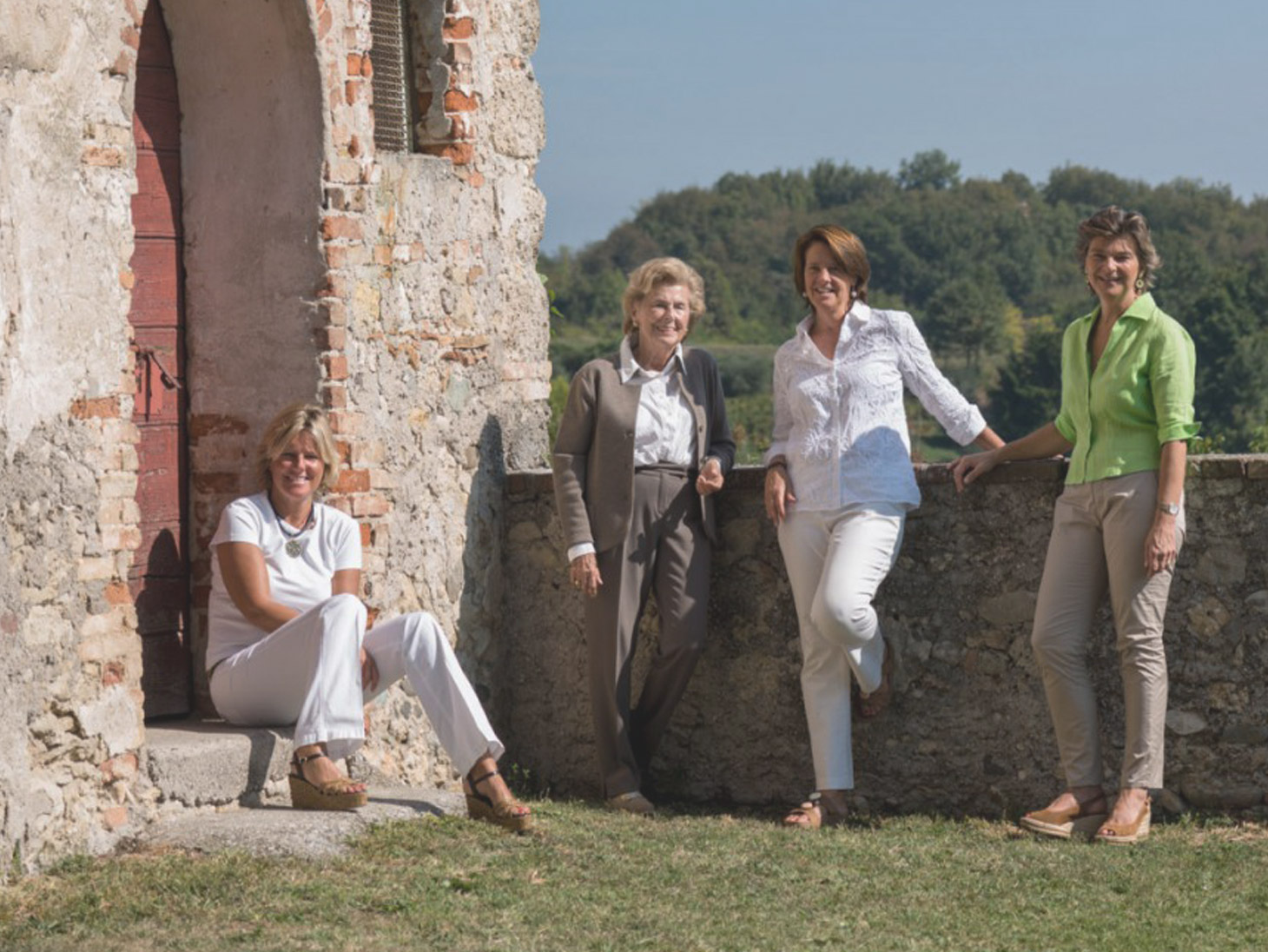
Borgoluce is a 1200-hectare estate owned by the Collalto family since the 12th century, now run by Ninni and Caterina di Collalto, together with their mother Trinidad and Caterina’s husband, Lodovico Giustiniani.
Pastures, woodlands, farms, arable fields, vineyards, orchards, canals, mills, dairies: in the past centuries this variety was needed to produce within the estate all the products necessary for daily life, a tradition that was simply maintained. Today it takes the name of sustainable agriculture, circular economy, respect for biodiversity: in fact it is the most natural way to keep the soil rich and fertile, protecting the life of every species in the ecosystem.
I liked this historical interpretation, but I still believe that, beyond family heritage and historical continuity, there are also managerial ability and a long-term vision.
“Focusing on short-term economic results is not always the best choice”.
“Specializing crops certainly leads to significant economic results in the short term, but in the long term it impoverishes the land. The vineyards, for example, represent just the 10% of the cultivated area: a figure against the trend compared to what is happening in Prosecco area, where often 100% of the land is devoted for wine monoculture, whilts meadows, pastures and woods are disappearing”.
“In Borgoluce eco-sustainability means attention, care, respect for natural resources. But above all it means wealth: for our land, which we respect and value every day; for our customers, who can choose healthy and tasty products; but above all for future generations. We would like to teach them knowledge and love for our countryside, and we would like to leave them, one day, a better place to live“.
It seems to me the rescue of an ancient wisdom, which does not mean refusing innovation and living the way we lived in the past centuries. On the contrary, it requires a long-term vision to anticipate market needs and enhance natural resources without exploiting them.
One example above all is the walnut grove, planted several years ago; it takes 7 years before becoming productive. Today we know that dried fruit is a source of essential nutrients and a small ration is recommended daily in almost all diets. Planting it years ago instead of other more immediate profitable crops was certainly a challenge. Won.
As were the breeding of silkworms in the 1950s, or the cultivation of kiwis in the 1970s, and later on, the biogas plant in 2010.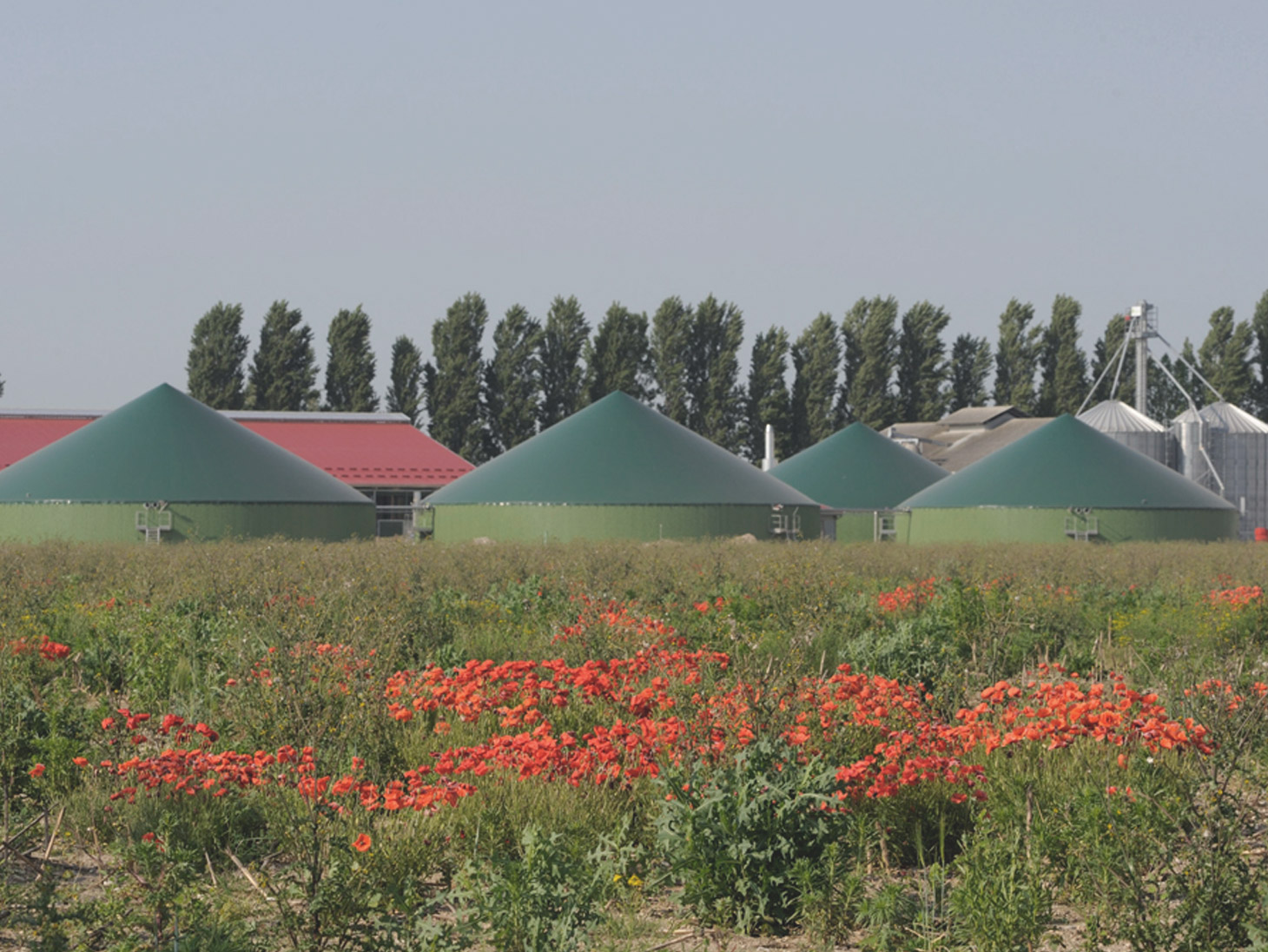
As far as energy is concerned, Borgoluce is also a best practise.
The energy used in the estate is self-produced by a 60 kW photovoltaic system; a biomass boiler, which produces energy by burning wood, by-products of the woodlands and of the crops; a biodigester that transforms animal dung and cereal silage into biogas, producing the electric energy used by the company plants and the thermal energy that heats the buffalo sheds; the very ones from which this energy derives.
Biogas is 50% methane: it is aspirated in by an engine and used to produce electricity; the engine is cooled by water and this one in then used for heating the company offices.
Biodiversity in Borgoluce also means refusing the speculative industrial logic of specialisation to embrace an ancient multi-functional model of agriculture, which allows vineyards, arable land, meadows, pastures, woods, olive groves and, of course, breeding to coexist in the same farm. Not just the Buffalo sheds, in Borgoluce there are different breeding farms: Limousine cattle, Duroc pigs and Alpagota sheeps, for a total of about 1300 animals.
Breeding has always been functional to agriculture: it favors the crop rotation for the production of forage and alfalfa, straw to be used as litter, corn and wheat to be used as an integration in the feeding of the animals, while the manure is used to produce biogas and fertilise the soil.
In the early 2000s cow’s milk had reached a very low value, so much that it was decided to close the cow stable.
However, breeding was a necessary part of the agricultural model in the estate and the idea was to replace the cows with goats or with buffalos.
In the late 1990s, buffalo mozzarella had already begun its ascent in the food chart, which is still in progress. Moreovere there was an ancient tradition of buffalo farming in the Po valley, which were used as work animals in paddy fields. Two factors that have made the choice fall on these animals.
To enhanche the value of breeding, since the beginning it was decided not just to produce milk, but also to transform it, building a small dairy very next to the stable.
Currently Borgoluce has about 400 buffalos in the stable, males and females, but only 100-110 are lactating, and it has reached already the limit of its productive capacity. 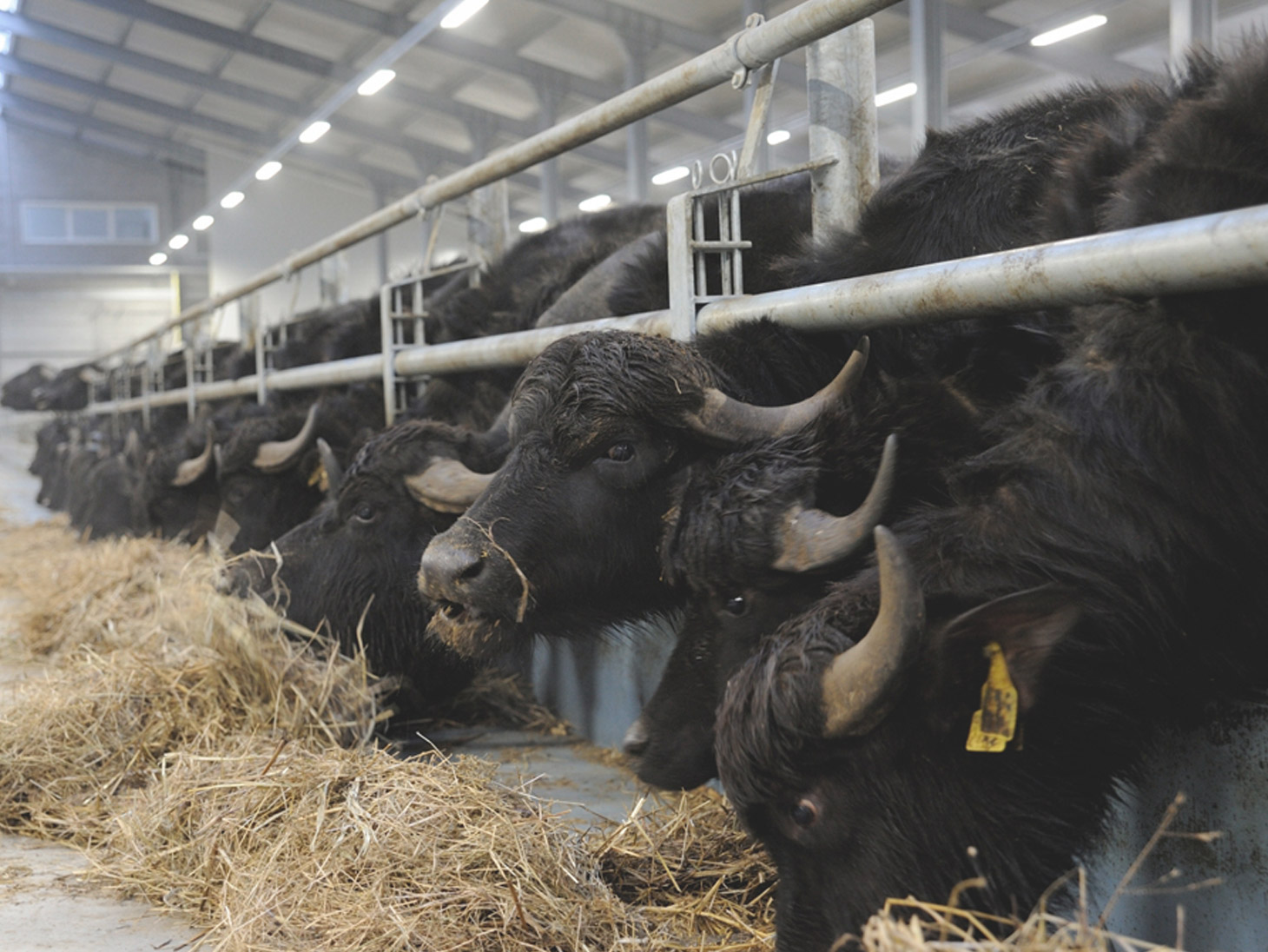
Buffaloes live free in the stable and in turn can also go outside in the outdoor pastures of the estate. A farming method that guarantees animal welfare, but requires important spaces. A choice that Borgoluce has decided to defend, refusing intensive breeding and continuing to work exclusively on its own milk, despite a growing demand.
“We are evalutating other ways to be able to satisfy the request of our customers, which in the summer is more than double compared to our production capacity.”
It is curious to note that buffaloes reach the peak of their milk production - 11/12 liters per day - in winter, while in summer the production is around 8 liters per day. In these days, in which we are forced to cut down a lot mozzarella orders, it seems really a joke!
But despite the complexity of this period, when we receive mozzarella even several times a day in the attempt to satisfy the greatest possible number of requests (unfortunately often without being able to satisfy all our customers) we can do nothing but respect the consistency of this company.
In Borgoluce approach, that we share and support, sustainability also means knowing how to manage and accept production limits.
Martina Iseppon
Marketing Director




